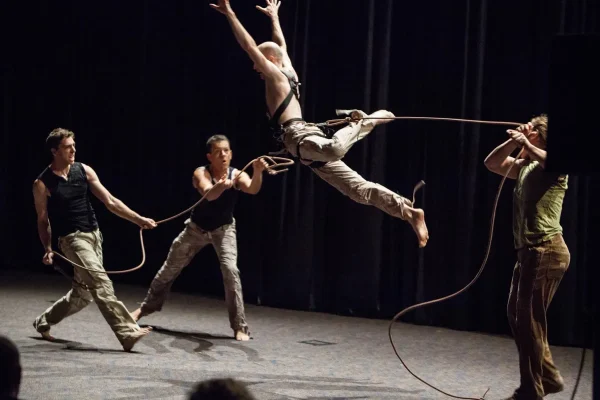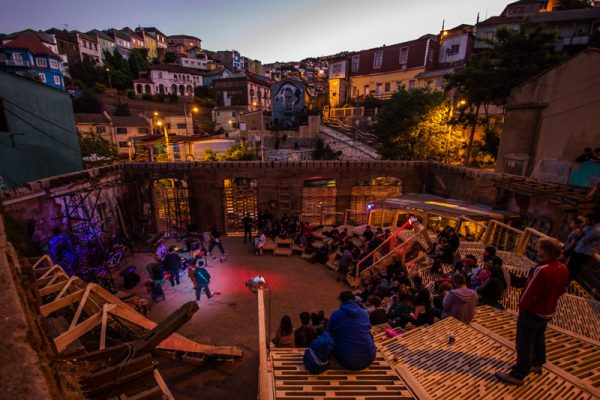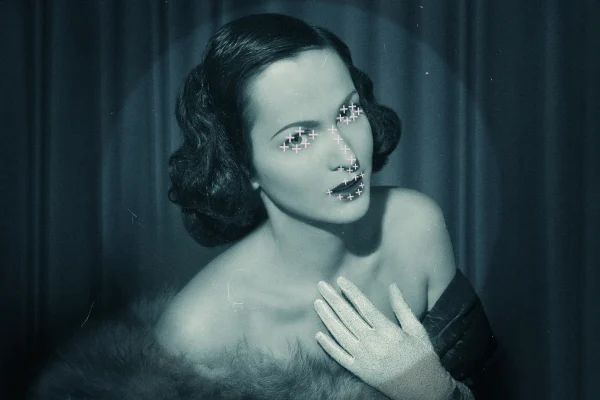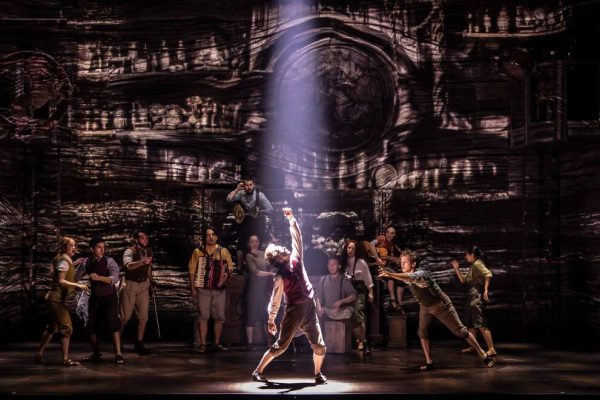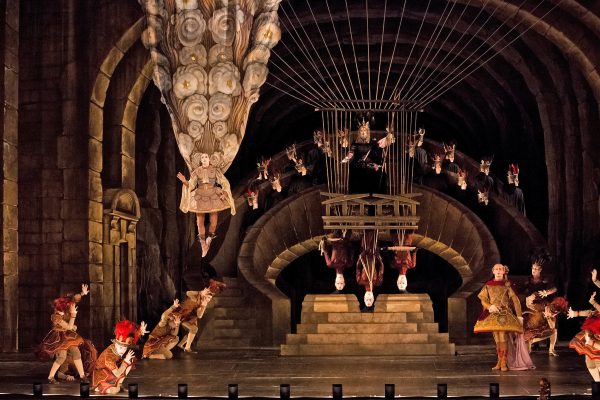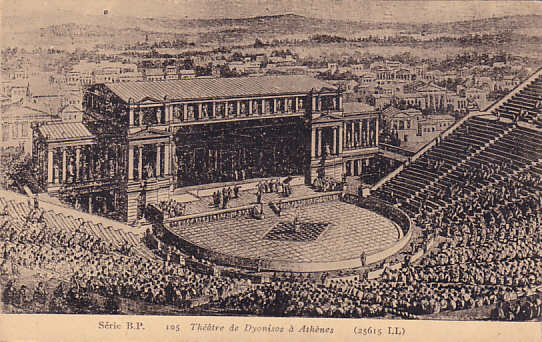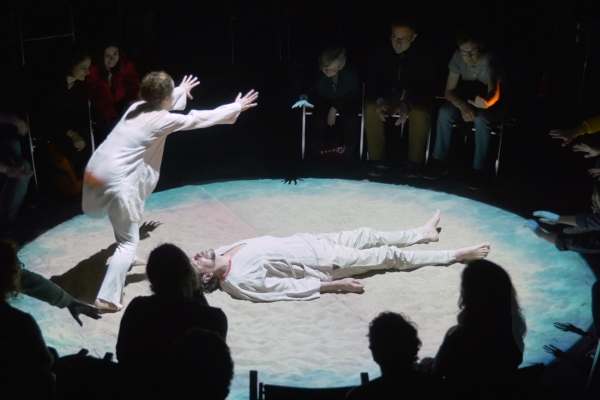
The Rise of AI-Augmented Theatre: How Actors and Algorithms Co-Create Performance
In 2025, theatre is undergoing a quiet revolution through the integration of AI-augmented improvisation and script support. Rather than replacing actors, new tools like Scribble.ai, based on the concept of Theatrical Language Processing (TLP), are being developed to assist performers in generating unpredictable prompts and scenarios in real time. These AI tools offer scenario seeds,…

